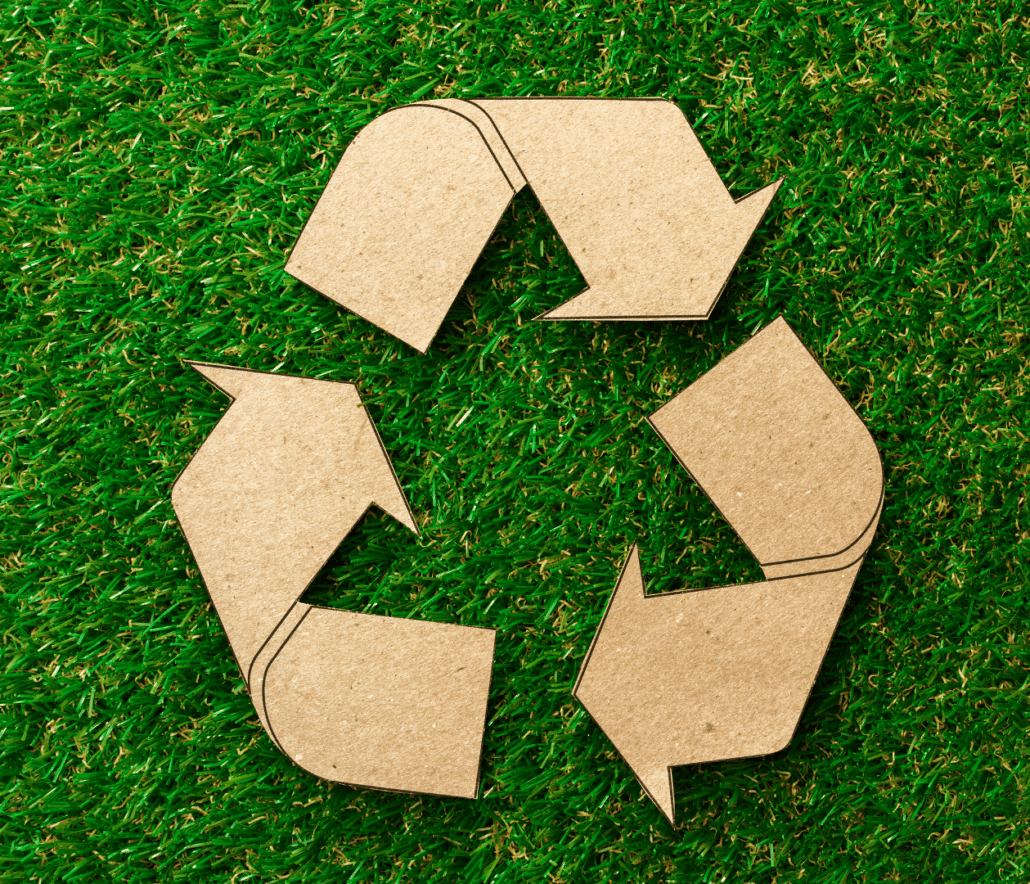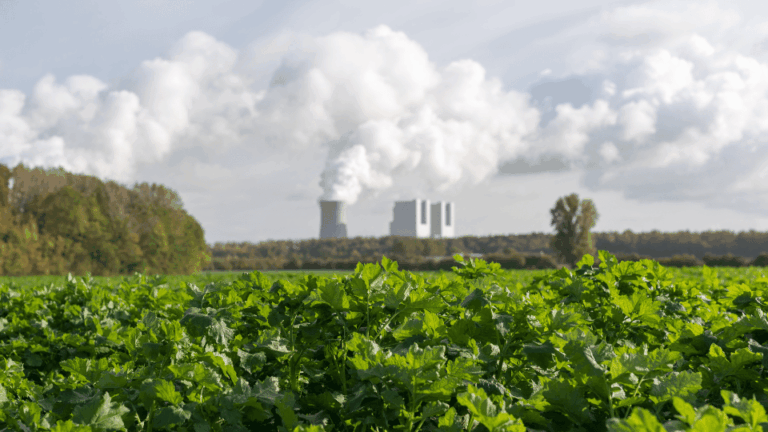In a world of growing environmental awareness, the cosmetics industry faces a major challenge: to rethink its products and packaging to ensure little or no impact on ecosystems. This implies meeting an imperative of durability and stability, while ensuring product safety and efficiency.. The aim here is to develop packaging whose design is based on the following principles bio-sourced or recycled materials so as to eliminate the disastrous environmental consequences. However, these raw materials present technical limitations in terms of resistance, durability and sterility, making it impossible to guarantee the integrity and protection of cosmetic products.
This summary, although not exhaustive, aims to highlight recent scientific advances and innovations that could revolutionize practices in this sector. It is based on a series of scientific publications covering topics ranging from eco-design of packaging to address the issue of recyclability, taking into account the impact of nanomaterials and endocrine disruptors.
Also in this article:
Environmental impact of cosmetics packaging
Endocrine disruptors
Endocrine disruptors and nanomaterials represent growing threats to the environment, raising concerns about their deleterious effects on ecosystems. They are chemical substances capable of altering the functioning of the hormonal system, leading to adverse effects on the reproduction, development and behaviour of living organisms. Their presence in the environment, often resulting from the use of industrial chemicals, particularly in the cosmetics industry, exposes flora and fauna to the risk of major disturbances.

The presence of endocrine disruptors in packaging is a growing concern. In particular, Sokal et al (2021) highlight the impact of endocrine-disrupting substances in the environment on thyroid function, and the importance of enhanced safety policies for the use of appropriate materials in direct contact with cosmetic products.
Manufactured nanomaterials
At the same time, nanomaterials, because of their small size and unique properties, raise concerns about their impact on ecosystems. Their increasing use in various sectors, including the cosmetics industry, is leading to widespread dispersion in the environment.
The negative impact of manufactured nanomaterials is increasingly documented. The work of Sobhani et al (2020) and Tursi et al (2022) on microplastics and nanomaterials in aquatic systems highlight ecotoxicological risks and the need to develop effective removal technologies.
Endocrine disruptors and nanomaterials, frequently used to enhance the properties of cosmetics, raise questions about their dispersal in ecosystems. The small size of these particles can potentially make them bioaccumulable, heightening environmental concerns.
The long-term consequences of exposure to nanomaterials on aquatic organisms, soils and biodiversity are still largely unknown, underlining the need for thorough research and adequate regulation to mitigate the potential risks associated with these substances.
Research into eco-design of packaging for the cosmetics industry

Cosmetics manufacturers are increasingly committed to rethinking the design of their packaging in order to reduce their ecological impact. This means using recycled and recyclable materials, and minimizing waste. In addition, eco-design often incorporates concepts such as lightweight packagingThis will help reduce greenhouse gas emissions associated with transport. Cosmetics companies are increasingly recognizing the importance of eco-design, not only to meet the expectations of environmentally conscious consumers, but also to make an active contribution to preserving the planet. This approach encourages holistic vision of sustainabilitywhere packaging design plays a key role in reducing the cosmetics industry's ecological footprint.
Green" materials for cosmetics packaging
Today's human ecosystems produce a significant amount of plastic waste, representing a serious problem to be solved. Thus, one avenue of research is based on the principles of using by-products from agri-food and agro-forestry. In particular, Morganti (2022) has carried out work on chitin and lignin at the nanoscale. The aim was to develop innovative, biodegradable, waste-free packaging. These natural polymers can be used, for example, to manufacture intelligent fabrics which, by mimicking the structure of the extracellular matrix (ECM), prove effective and safe for both medical and cosmetic use, and are also packaged in biodegradable containers.
This new way of producing and consuming will help stop the proliferation of plastic waste and pollution on land and in the oceans, preserving the planet's natural resources and biodiversity for future generations.
In addition, Paillot et al.'s (2021) research into antimicrobial materials incorporating copper acetate in an ethylene-vinyl alcohol copolymer (EVOH) for personal cosmetics packaging is a significant step forward. The use of green reactive extrusion technology enables you to create antimicrobial materials in a single step, without solvents, while maintaining adequate thermal and thermomechanical properties.

A tool to measure the environmental maturity of cosmetics packaging
Assessing the environmental maturity of packaging is difficult today, given the variability and complexity of the parameters to be considered. However, it is important for analyze the ecological impact of the various stages in the life cycle of a package. These measurement tools are essential in the context of sustainability, enabling companies to adopt more environmentally-friendly practices. Commonly used tools include Life Cycle Assessments (LCAs), which evaluate environmental impacts from the production of raw materials to the final disposal of the packaging. LCAs provide quantifiable data on greenhouse gas emissions, energy consumption, waste management and other environmental parameters. This information enables companies to identify areas where improvements can be made to reduce the ecological footprint of packaging.
In particular, theeco-friendliness assessment tool (EFAT) developed by Rocca et al (2023) assesses the environmental sustainability of cosmetic products, based on the results of a Life Cycle Assessment (LCA). This tool highlights critical processes such as the acquisition of raw materials and the primary packaging process, thus offering avenues for improving product sustainability.
What are the prospects for eco-designed cosmetics packaging?

The cosmetics industry is at the dawn of a new green revolutionThis has led to significant advances in eco-design of packaging and understanding of environmental impacts. However, the innovation, research and development of such products must overcome complex challenges in both packaging design and the ability to measure actual environmental impact.
In addition, the question of recyclability remains a major challenge. It is imperative to continue research to develop fully biodegradable and recyclable materials. It is also essential to set up policies that encourage responsible consumption and efficient waste management practices.
In particular, theeco-friendliness assessment tool (EFAT) developed by Rocca et al (2023) assesses the environmental sustainability of cosmetic products, based on the results of a Life Cycle Assessment (LCA). This tool highlights critical processes such as the acquisition of raw materials and the primary packaging process, thus offering avenues for improving product sustainability.
This study was carried out thanks to ideXlab open innovation platformIdeXlab, which has produced a wealth of high-quality scientific and technical publications. IdeXlab offers a unique opportunity to share and capitalize on knowledge, while facilitating access to the solid, global research essential to meeting tomorrow's challenges in sustainable cosmetics. The ideXlab solution also enables fruitful collaborations between industry and academia.
Summary written by

Johanne LABELLE HEBBRECHT
Senior Innovation Consultant
References :
- Acerbi et al (2023), Development of an LCA-based tool to assess the environmental sustainability level of cosmetics products.
- Adibi et al (2008), Characterization of phthalate exposure among pregnant women assessed by repeat air and urine samples
- Calafat et al (2008), Concentrations of the sunscreen agent benzophenone 3 in residents of the united states national health and nutrition examination survey 2003 2004
- Chen et al (2023), Electrosprayed Environment-Friendly Dry Triode-Like Facial Masks for Skincare
- Cinelli et al (2019), Cosmetic packaging to Save the Environment: Future Perspectives
- Farhat et al (2021), Antimicrobial materials produced by incorporating copper acetate into ethylene-vinyl alcohol copolymer for its use in personal care and cosmetic packaging.
- Guilbot et al (2013), Life cycle assessment of surfactants: the case of an alkyl polyglucoside used as a self-emulsifier in cosmetics.
- Huang et al (2023), Electrosprayed Environment-Friendly Dry Triode-Like Facial Masks for Skincare
- Jarmakiewicz-czaja et al (2021), Dietary Intake of Endocrine Disrupting Substances Presents in Environment and Their Impact on Thyroid Function.
- Kessler (2011), Engineered nanoparticles in consumer products understanding a new ingredient
- Kouhi et al (2020), Edible polymers: An insight into its application in food, biomedicine and cosmetics
- Manan et al (2022), Applications of Fungal Mycelium-Based Functional Biomaterials
- Michalska-domańska et al (2021), Green Synthesis of Nanomaterials Using Plant Extract: A Review.
- Morganti (2022), Bio Polymers to Save Human Health and Environment: Chitin and Lignin
- Nakamoto et al (2023), Spirulina application in food packaging: Gaps of knowledge and future trends
- Nande et al (2021), Green Synthesis of Nanomaterials Using Plant Extract: A Review
- Paillot et al (2021), Antimicrobial materials produced by incorporating copper acetate into ethylene-vinyl alcohol copolymer for its use in personal care and cosmetic packaging.
- Rocca et al (2023), Development of an LCA-based tool to assess the environmental sustainability level of cosmetics products.
- Siripuk et al (2016), The Influence of Textured Surfaces of cosmetic packaging on Consumers' Feelings.
- Siripuk et al (2018), The Influence of Textured Surfaces of cosmetic packaging on Consumers' Feelings.
- Sokal et al (2021), Dietary Intake of Endocrine Disrupting Substances Presents in Environment and Their Impact on Thyroid Function.
- Sobhani et al (2020), Microplastics generated when opening plastic packaging
- Tursi et al (2022), Microplastics in aquatic systems, a comprehensive review: origination, accumulation, impact, and removal technologies
A solution for all your company's innovators
The ideXlab open innovation platform is designed for all innovative companieswhatever their sector of activity or size, who are looking to optimize their innovation and technological performance. In particular, it is intended for teams for R&D, innovation, technology watch and the development and purchase of new products and services. Users may be engineers, scientists, innovation project managers, buyers of new technologies or strategic decision-makers.








